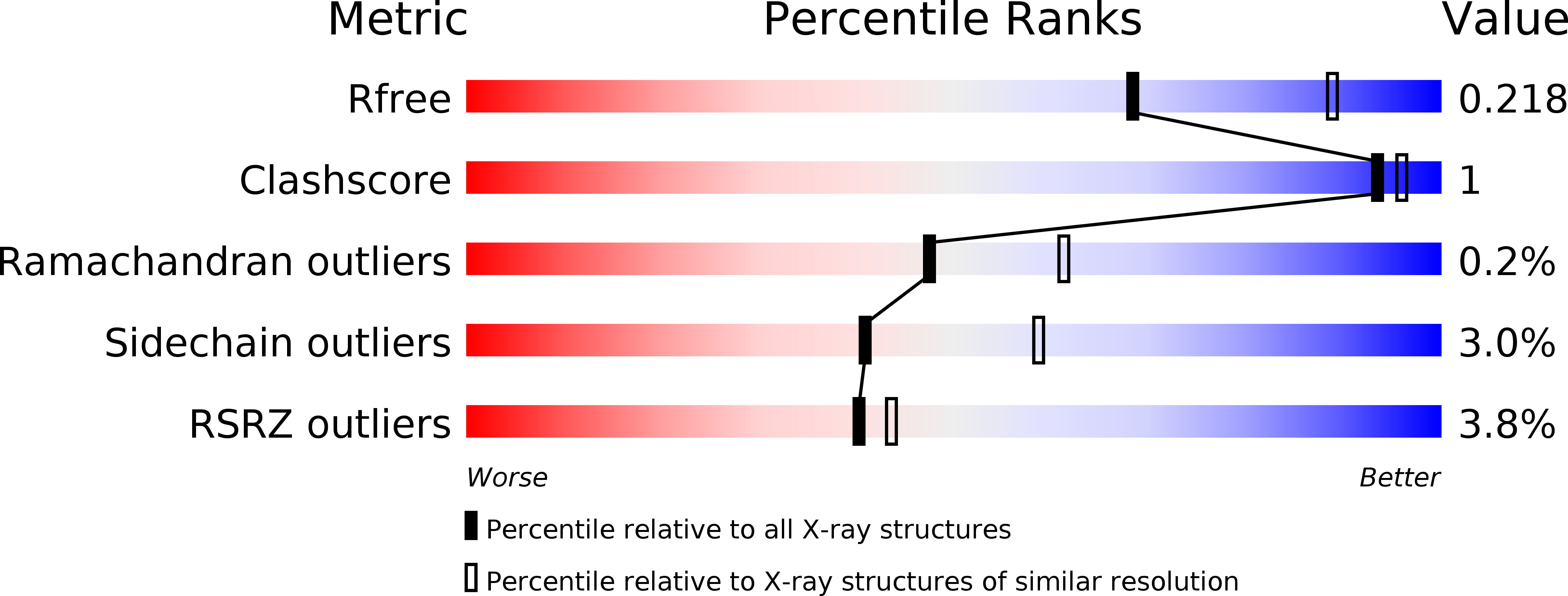
Deposition Date
2014-01-16
Release Date
2014-10-15
Last Version Date
2024-11-27
Method Details:
Experimental Method:
Resolution:
2.38 Å
R-Value Free:
0.21
R-Value Work:
0.16
R-Value Observed:
0.16
Space Group:
C 2 2 21


